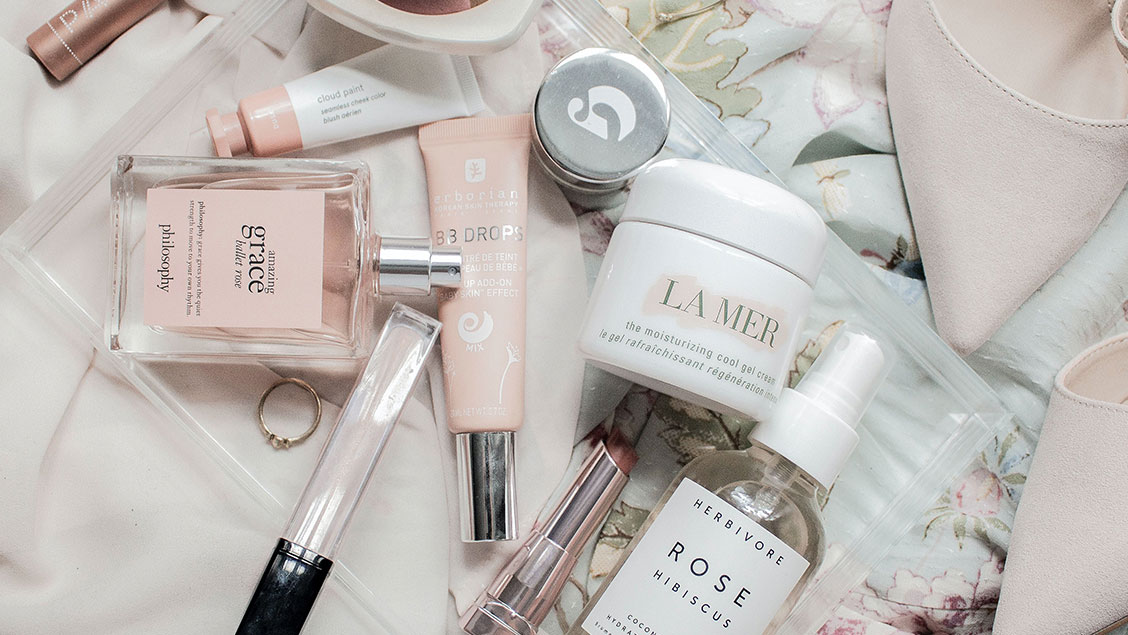
Y’all, I found an amazing article that pulls out the top 16 harmful and toxic chemicals in cosmetics… They did all the hard work and I am sharing it here for all of us to have access to!
1. Sulfates
Sulfates are salts that are formed when sulphuric acid (H2SO4) reacts with another chemical. They are also produced from petroleum and plant sources like coconut and palm oil. They act as surfactants and are used for lathering purposes.
Sulfates can irritate your eyes and skin. They can prematurely clear off dye from your hair.There is also an ongoing debate about their use due to potential threats to the environment [1]. Deriving them from natural sources like palm oil is causing the destruction of rainforests. When they are washed away, they can be toxic for the aquatic species.
2. Parabens
Parabens are the preservatives used to keep your skincare and makeup fresh and germ-free [2]. They are found in a variety of products, from soaps to lotions and makeup. Research shows that they cause increased production of the hormone estrogen (female sex hormone) and interfere with reproductive and brain function.
Some studies explain that parabens enter your skin and mimic estrogen that triggers excessive cell division in the breast. This eventually leads to breast cancer.
3. Phthalates
Phthalates are salts or plasticizing chemicals [3] used for the spreadability of a product. They are used in nail polishes, perfumes and lotions to name a few. Also used as softeners in shampoos, they are reproductive and developmental toxins.
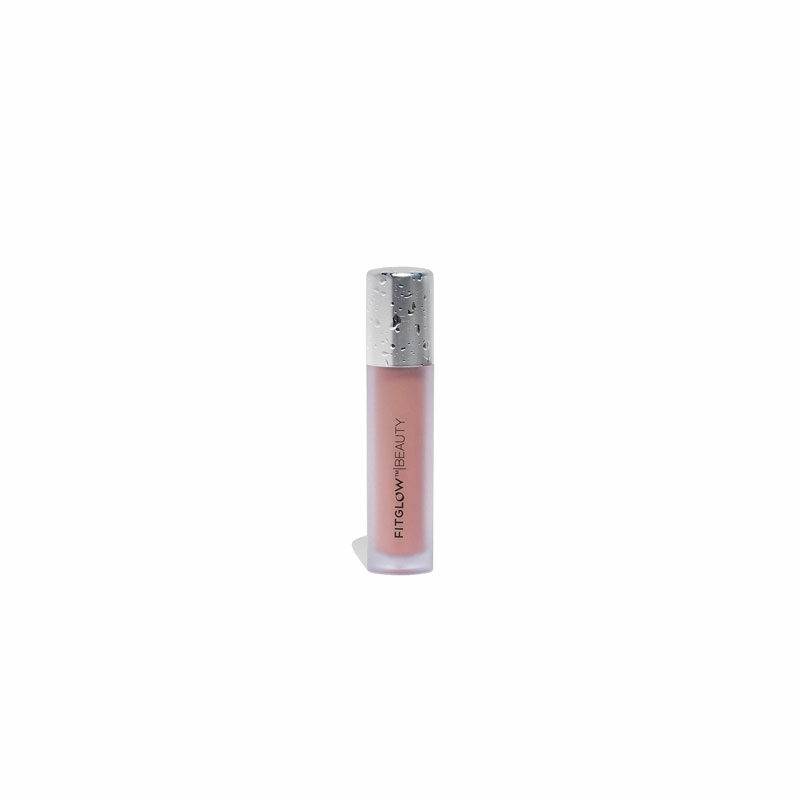
FITGLOW Beauty – Lip Color Serum | Vegan, Woman-Owned Clean Beauty (Go – Baby Pink Nude)
Check Price4. Synthetic colors
Synthetic colors are derived from petroleum or coal tar [4]. Coal tar is made of hydrocarbons, carbon and water. It is a thick, dark and viscous liquid with a characteristic smell. Have you been looking for deeply pigmented lipsticks? Now is the time to think about what goes into these pigments. The heavier the pigment, the higher the chances of increased coal tar percentages.
Coal tar is also present in many of the commercially available eyeshadows. Synthetic colors can cause skin irritations, cancers, acne breakouts and ADHD (attention deficit hyperactivity disorder).
5. Fragrance
Fragrances are found in skincare products like perfumes, moisturizers, shampoos, cleansers and conditioners. They are made with chemicals that are associated with respiratory disorders, skin allergies [5], dermatitis and side effects in the reproductive system.
There is no organization that restricts manufacturers from using fragrances. They do not require to reveal what’s actually inside their fragrances. Fragrances are potential carcinogens (cancer-causing agents), irritants and endocrine disruptors. So it’s time to switch to unscented products!
6. Triclosan
Triclosan is a common chemical found in tubes of toothpaste, antibacterial soaps and deodorants. It is effective against microbes [6] (anti-bacterial in nature), but it is also an endocrine disruptor and a skin irritant. Some studies reported that triclosan can lead to gut inflammation and tumor growth in mammals.
Triclosan breaks down slowly and hence, is considered a potential threat to the environment. Like sulfates, triclosan too is dangerous for aquatic life.
7. Toluene
Toluene is a petrochemical solvent found in most hair dyes and nail polish [7]. They can be dangerous for your immune system and may carry the risk of birth defects and blood cancer. Refrain from using hair dyes and nail polish if you are an expectant mother as it can cause damage to the developing fetus.
Toluene can affect the human central nervous system and can lead to fatigue, headache, nausea and drowsiness.
8. Talc
Remember how soft talcum powder feels? This is because talc is the softest mineral occurring naturally. Talc is used to absorb moisture and is majorly found in baby powders, eye shadows, blush, deodorants and some soaps.
However, talc is directly associated with ovarian cancer [8]. It first became a matter of concern when a woman who was using talc made by Johnson & Johnson for 35 years died of ovarian cancer. When inhaled, talc can cause lung tumors.
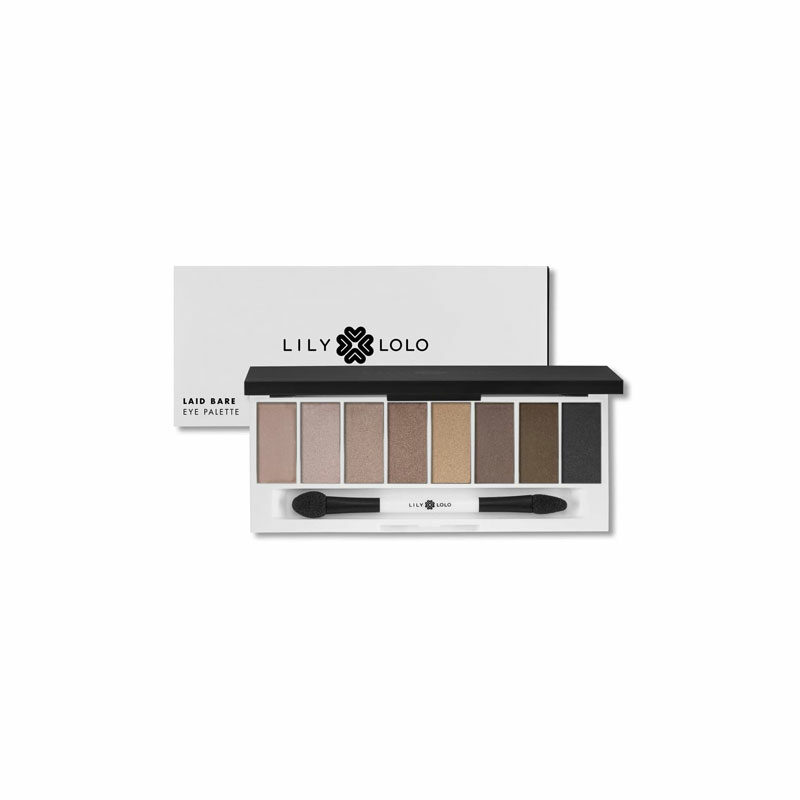
9. Lead
Lead is found in lipsticks [9], eye-liners, foundation and whitening toothpastes. Lead is not directly added to lipsticks but is a major contaminant in colorants used in lipsticks. Love wearing lipstick to work every single day? We do, too! And we needed this reality check!
Lead is a heavy metal that is naturally found in the earth’s crust. We are already exposed to enough lead in our air, food and water. The U.S. FDA (food and drugs association) regulates cosmetics and has allowed lead in 0 to 20 parts-per-million (ppm).
10. Chemicals In Sunscreens
Chemicals like PABA, benzophenone, oxybenzone [10], ethoxycinnmate and homosalate are used in sunscreens. They are believed to absorb light, but they cause more damage to the body instead of protecting. These sunscreen chemicals are endocrine disruptors.
11. Polyethylene Glycol (PEG)
PEG is used as a thickening agent in skincare products like lotions, sunscreen and shampoos. It can cause cancer and respiratory disorders. It can also strip off the natural oils (sebum) from your skin and trigger the sebaceous glands (oil-producing glands) to make more sebum that can make the skin greasy.
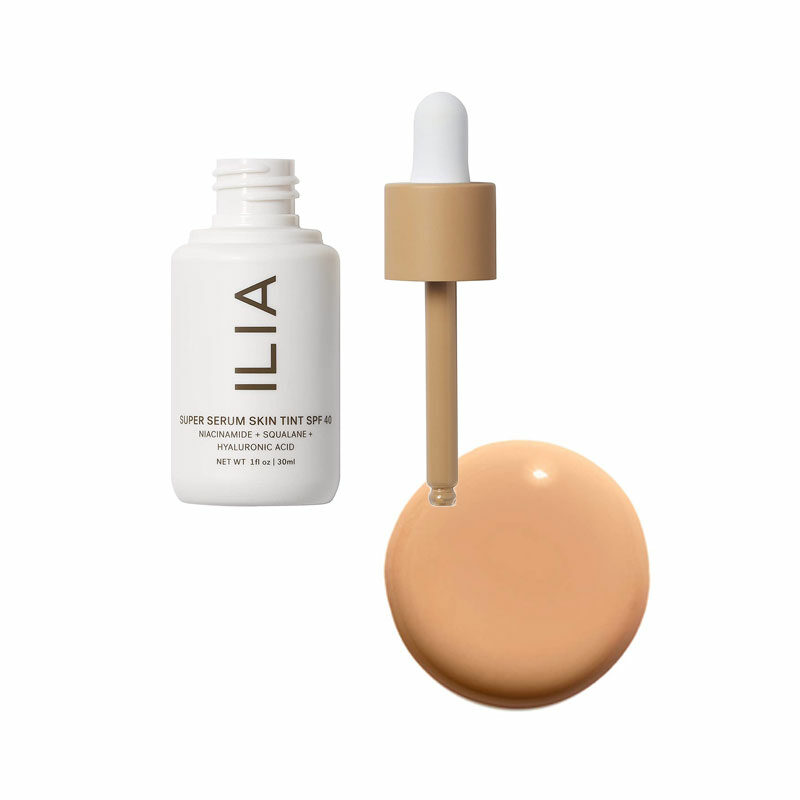
ILIA – Super Serum Skin Tint SPF 40 | Cruelty-Free, Vegan, Clean Beauty
Check Price12. Formaldehyde
Formaldehyde is often used as a preservative in skincare. It is a colorless gas and is used to prevent the growth of bacteria. Formaldehyde can be found in nail polishes, hair straightening treatments, hair gels, nail hardeners, shampoos, deodorants, lotions and makeup. It is associated with developmental toxins, hair loss, scalp burns, asthma and neurotoxicity. When inhaled, formaldehyde can cause dizziness and suffocation.
13. Diethanolamine
We love the foaming cleansers, body washes and shampoos. Don’t we? But are you aware of the ingredient that helps in foaming. It is diethanolamine. It is a foaming agent that is commonly found in body washes, shampoos, cleansers and bubble bath. It is a cancer-causing agent and a respiratory toxin.
14. Alcohol
Alcohol is a common solvent in skincare products. It is helpful in absorbing the products better and hence, a great fit for certain creams and lotions. But alcohol is a toxic skincare ingredient. Alcohol (drying alcohol) in skincare can leave the skin dry and flaky. It disrupts the skin renewal process. However, not all alcohols are bad for your skin. Fatty alcohols are derived from natural fats and oils and are great moisturizing agents.
15. Hydroquinone
Hydroquinone is used in skincare for skin lightening. It is used to treat pigmentation related to acne scars, freckles, melasma, age spots and post-inflammatory hyperpigmentation. Hydroquinone functions by reducing the melanin pigment-producing cells (melanocytes).
However, hydroquinone is a known carcinogen. Prolonged use can lead to whitening of the skin, as it reduces melanocytes to a great extent.
16. Petrolatum
Petrolatum has a softening effect and is recommended for dry skin. Lip balms and moisturizers contain petrolatum. While it creates a barrier to prevent water from escaping, it also prevents absorption of moisture from the air. Your skin drys out eventually and this is the reason why you are tempted to reapply your lip balm. Also, if not refined well, harmful chemicals like polycyclic aromatic hydrocarbons (PAHs) can be retained in it.
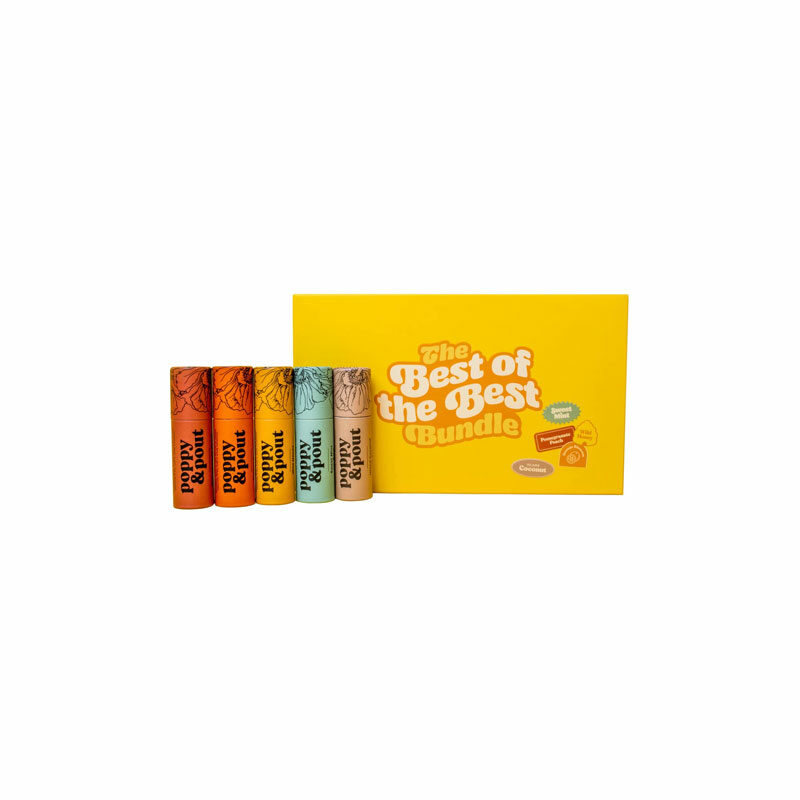
5pk in Gift Box | Poppy & Pout 100% Natural Lip Balm, Sustainable Cardboard Tubes, Handmade, Cruelty Free | Beeswax, Vitamin E, Organic Coconut Oil (Best Sellers)
Check PriceWhew! That’s a lot, and yet they wrapped it up so well. Here is a link to the site in case you want to read further. https://skinkraft.com/blogs/articles/toxic-chemicals-in-cosmetics
For great toxin free and low toxin cosmetics, view our library here: